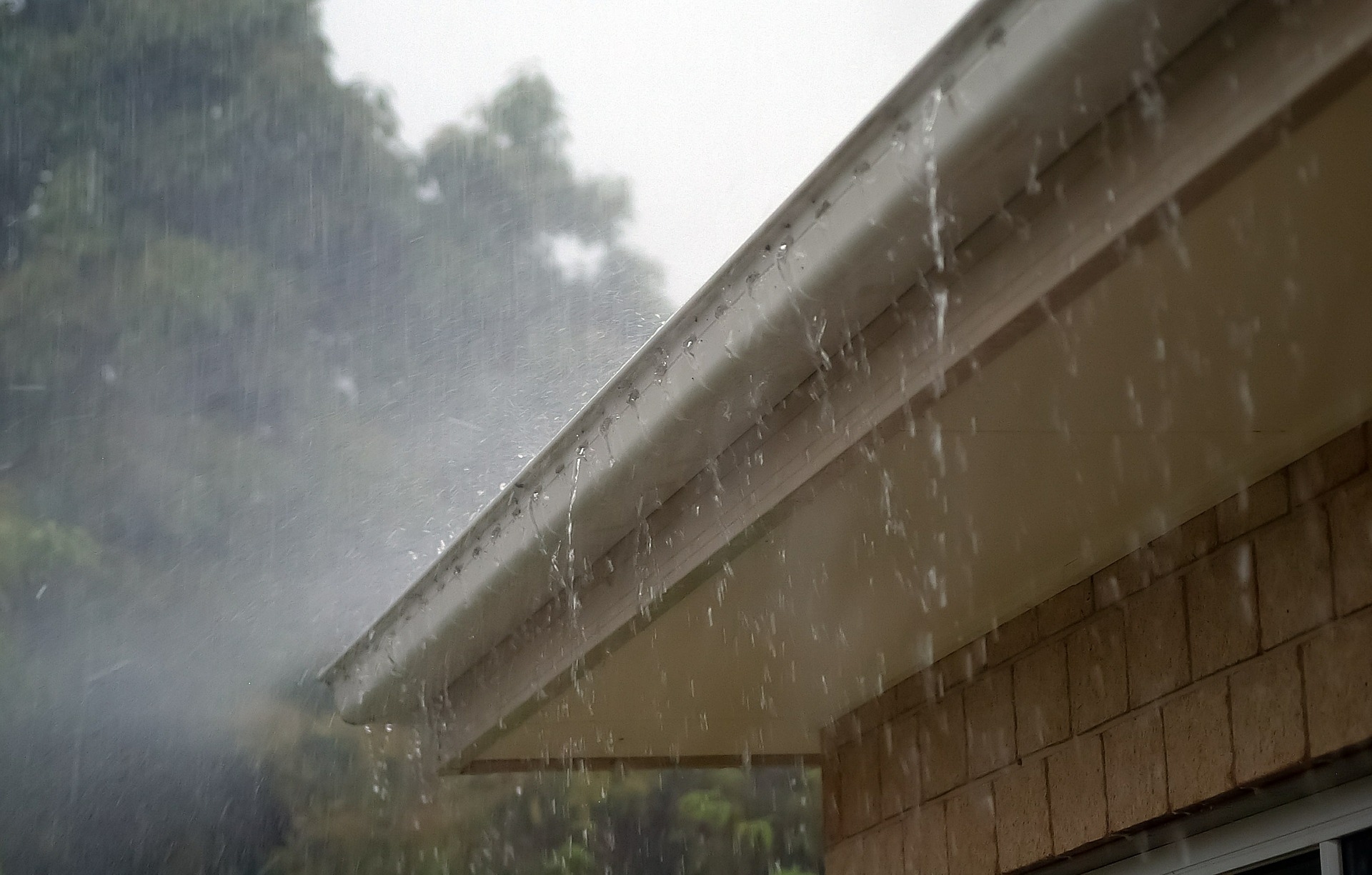
Rainwater collection has long been practised by communities all over the world. Not only is rainwater stored for outdoor use in farms or general household maintenance, but stored water (well water, specifically) has also been used for drinking in recent years and in far-off rural communities. Since the quality of rainwater has regressed due to the increasing number of pollutants mixed in the air today, rainwater collection systems have progressed from the basic wells and rainwater tanks built to standard than to more complex systems fitted with filtration and, at times, purification systems we know now.
Apart from the wells and rainwater tanks of yesteryear, how has rainwater collection systems evolved today? What other parts of the modern rainwater harvesting systems do we know? What purpose does each part do? In this post, let’s take a look at how each part works.
What is the water used for?
First and foremost, getting a rainwater tank and a collection system depends on your water usage. Do you own a car wash business and look to cut water costs? Do you own a small bed and breakfast with several rooms with their own bathrooms? Or are you just looking to cut costs you incur from washing your pavement and doing the laundry?
Remember, depending on where you’re living, the quality of the collected rainwater is sometimes mixed. Living in urban communities will leave you with generally nonpotable rainwater due to contaminants and pollutants present in the air; in coastal areas, rainwater will most likely have trace amounts of sodium chloride (salt) from ocean sprays. Deciding first how you will consume your stored water will allow you to decide which system components—on top of a basic rainwater tank—you will need.
Basic components
All in all, there are five major parts of a basic rainwater collection system. Each system can be made simplified or made according to your needs.
-
Screens and diverters. Screens keep debris like dirt and leaves from blocking up your gutters so the rainwater can flow freely into the pipes connecting to your tank. Diverters flush the ‘dirty water’ (the first few drops of rain that hit your roof that will contain dust and other debris) into separate plumbing away from your rainwater tank.
-
Rainwater tanks. The main vessel into which the rainwater is stored. Decide first how much water you will store and need to store for your needs and then identify a site to build the tank. For areas with very little space, consider under deck rainwater tanks, built under your home. Otherwise, plastic tanks and slimline tanks are perfect for urban settings. Concrete rainwater tanks are used in larger areas like farms and/or cattle stations since these tanks can hold a lot of water for settings that consume the most water.
-
Tank overflows. When your rainwater tanks are full, overflows divert the excess water to piping that leads into stormwater drainage and away from your tank to ensure your tanks aren’t damaged.
-
Pumps and filters. Water pumps get your water where you need it throughout your property, and filtration is needed to make sure there is no debris present in the water. Further purification systems will be needed if you’re planning on using the harvested rainwater for cooking or drinking. Make sure to get the rainwater tested first before getting a purification system to save yourself from buying complex or incomplete systems.
-
House plumbing. You’ll need separate piping for indoor and outdoor use. Before deciding on piping material, consider how big your area is and if you live in a highly corrosive area (i.e., there are older pipes around your area, living in areas close to saltwater, etc.). Depending on your water usage, you might need several pipes made from different materials for your plumbing.
Rainwater collection systems allow you to save water in times when you really need it, especially in these days of droughts and water shortages. Investing in the right rainwater tank and its accompanying parts will set you back some few thousand in the short term but will eventually save you in municipal water costs over time.



Leave A Comment